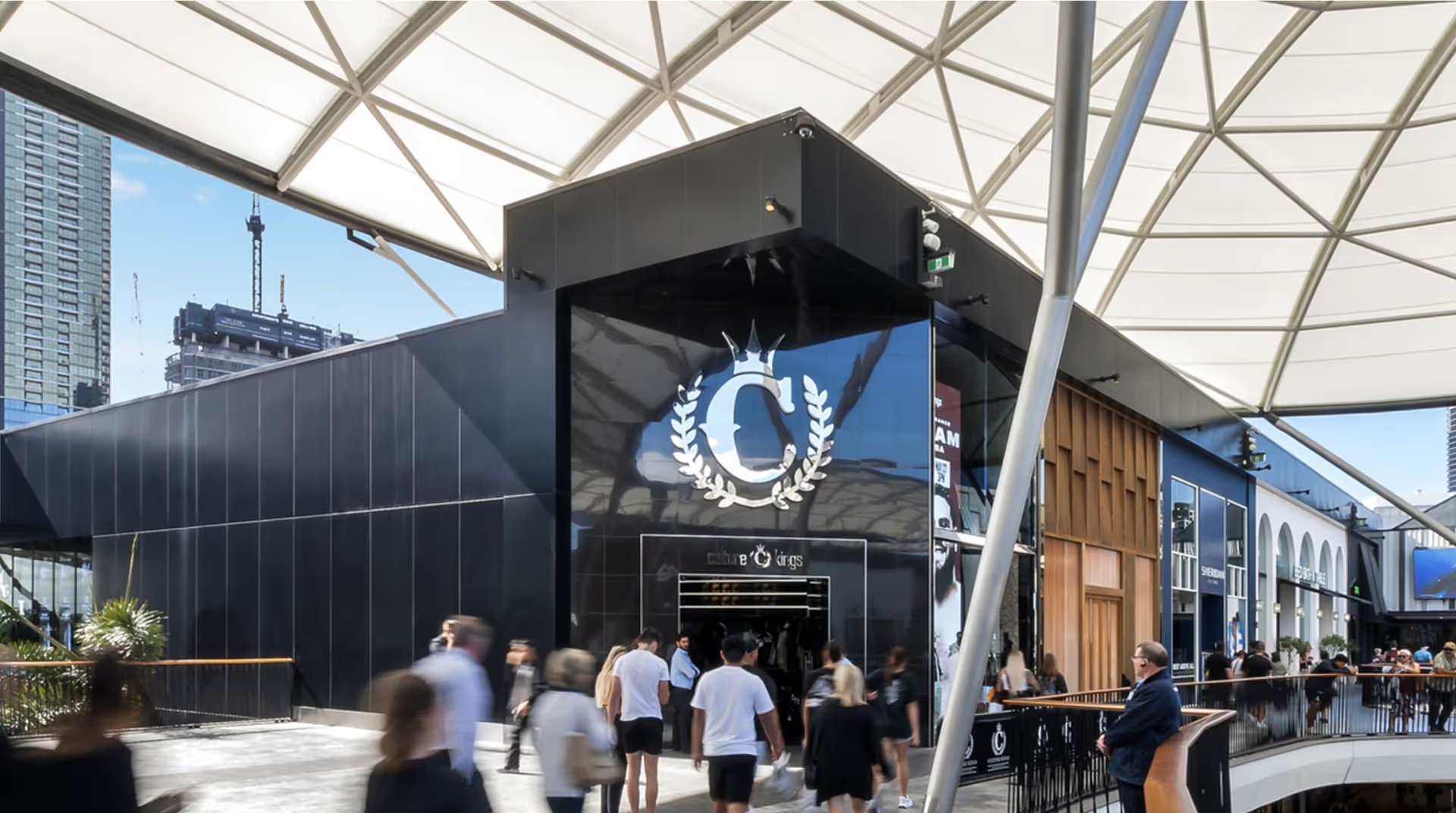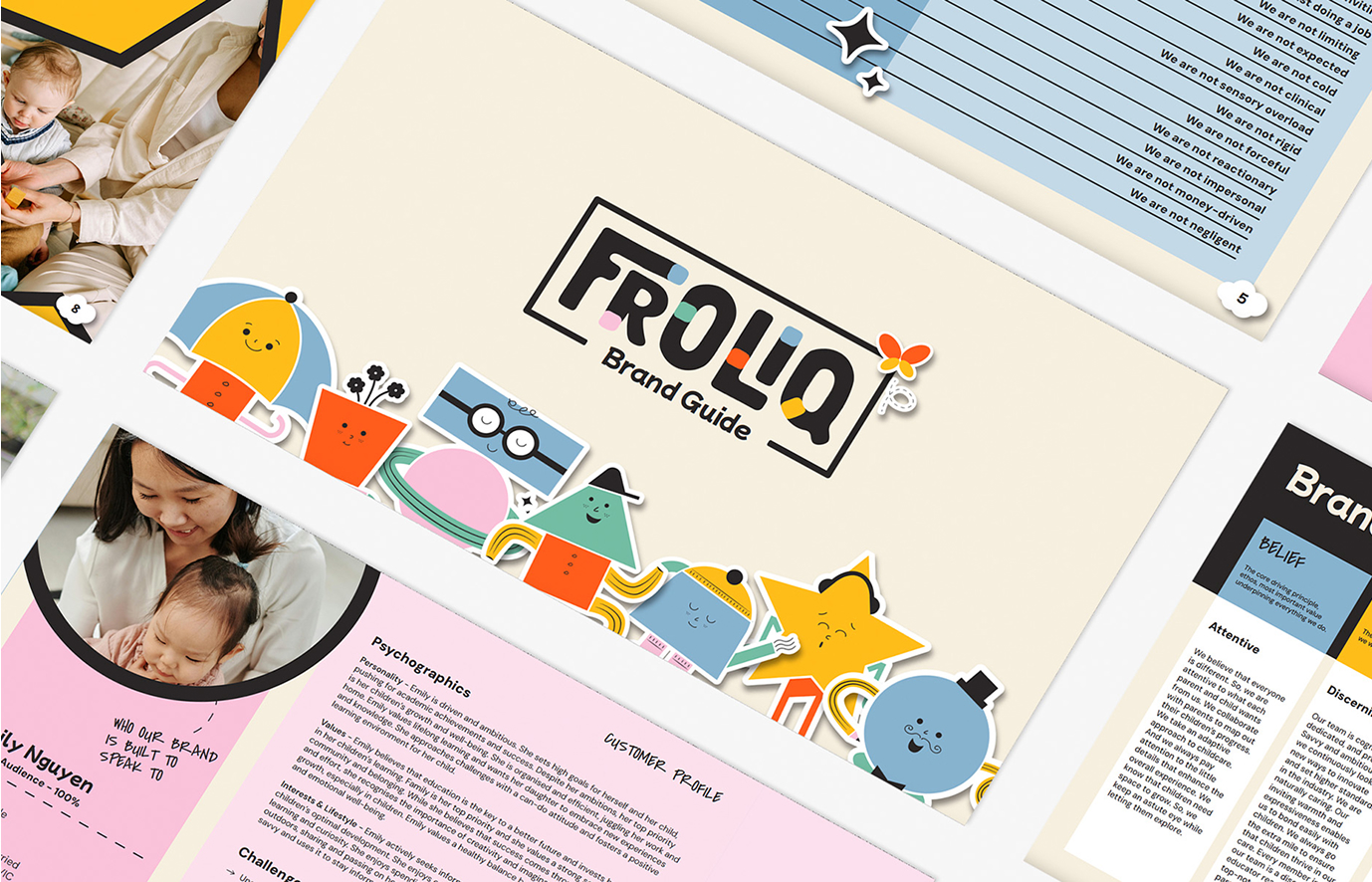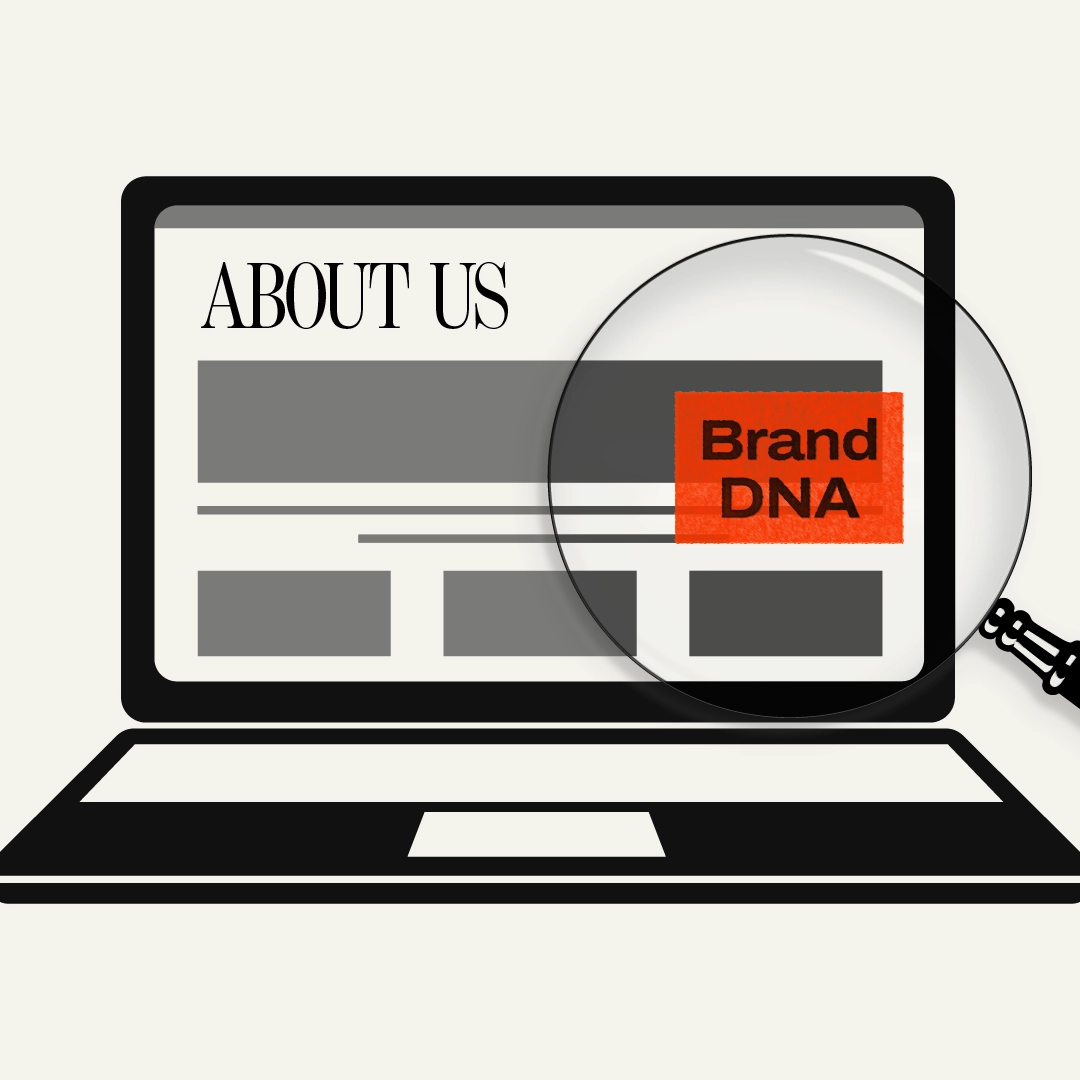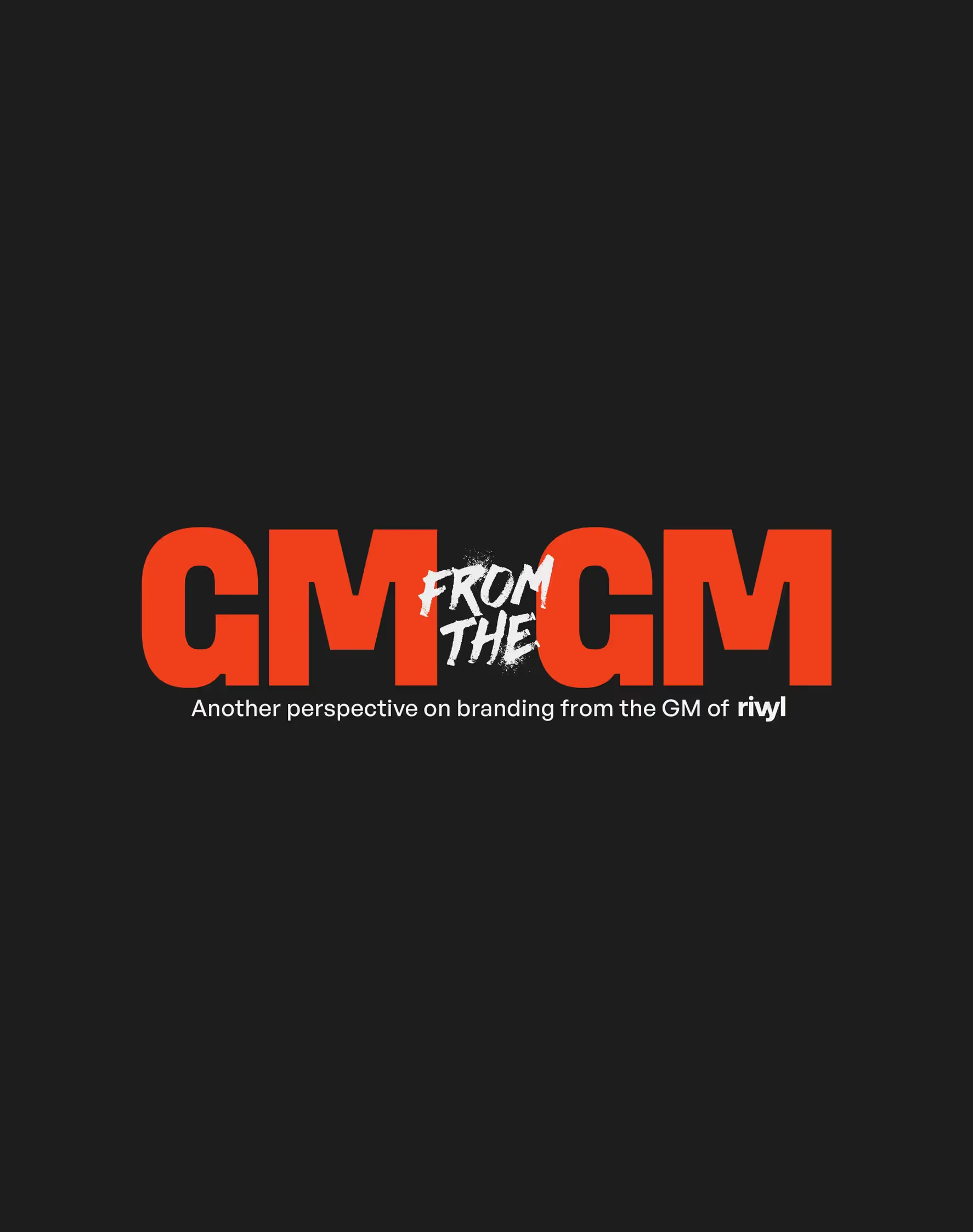

United Airlines
BRAND DESIGN
United Airlines' brand design speaks to a legacy of reliability and global connectivity. The solid capitalized "United" logotype is executed in a clean and bold sans-serif typeface, which features traditional shapes and cuts of the letters. United Airlines' visual identity typeface looks pretty close to such fonts as Biondi Sans Bold and Ephemera Kingsford Sans. In marketing, the airline emphasizes a fusion of personalized service and technological innovation, engaging customers through targeted campaigns and loyalty programs reinforcing the ethos of "fly the friendly skies." United's operations prioritize safety, efficiency, and sustainability, underpinned by a network of cutting-edge aircraft, strategic partnerships, and a dedication to reducing environmental impact. Through a harmonious blend of iconic branding, customer-centric marketing, and forward-thinking operations, United Airlines continues to soar as a trusted symbol of global travel excellence.
BRAND HISTORY
United Airlines, a prominent player in the aviation industry, stands as one of the largest airlines in the United States, with its roots tracing back to its founding in Chicago in 1926.
Founded under the banner of Varney Air Lines in 1926, United Airlines embarked on a journey that would shape the future of air travel. A significant milestone came in 1930 when the airline merged with Boeing Air Transport, setting the stage for its growth and evolution as a leader in the skies.
Operating a vast network of over 4,500 flights daily to 300 airports worldwide, United Airlines connects passengers across continents with seamless travel experiences. With a formidable fleet comprising over 700 aircraft from industry giants like Boeing and Airbus, United ensures reliability, efficiency, and comfort for passengers on every journey.
United Airlines has a history of pioneering accomplishments in aviation. Setting itself apart as an innovator, the airline made history by being the first to operate the Boeing 767 and 777, showcasing a commitment to pushing boundaries and embracing technological advancements to enhance the passenger experience.
In addition to its groundbreaking achievements in aircraft technology, United Airlines has also been a trailblazer in environmental sustainability. Notably, the airline made headlines in 2009 by being the first commercial airline to utilize biofuel for a flight, embodying a commitment to reducing its environmental footprint and promoting eco-friendly practices within the industry.
A defining symbol of United Airlines is its iconic logo, the "tulip," designed by the renowned Saul Bass in the 1970s. This emblem reflects the airline's heritage and signifies its dedication to elegance, sophistication, and timeless style in aviation branding.
Today, United Airlines continues to soar as a major American airline headquartered in the vibrant city of Chicago. Building on its rich legacy of innovation, exceptional service, and global connectivity, United remains at the forefront of the aviation industry, shaping the future of air travel with a blend of tradition and cutting-edge technology.
Tag
Wiki
Building brands with powerful market presence
The Accelerator

Leading Brands Choose us
Book in with one of our experts.





























































